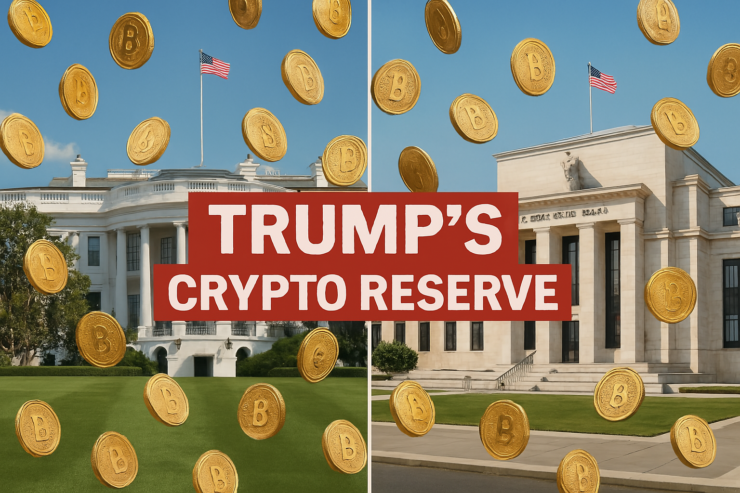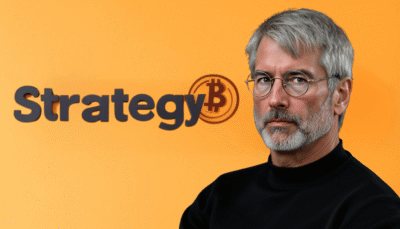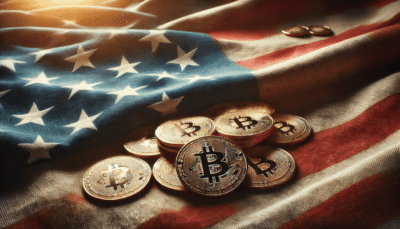President Donald Trump’s March 6 executive order to establish a U.S. Strategic Bitcoin Reserve has eliminated the “last existential risk” facing the cryptocurrency, according to Bitwise Chief Investment Officer Matt Hougan.
The move marks the first time the U.S. government has formally committed to holding and expanding its bitcoin reserves, a development that Hougan said could reshape long-standing institutional hesitance.
The reserve will launch with approximately 103,500 BTC, sourced from the roughly 200,000 BTC already in government custody through criminal or civil forfeiture, excluding amounts pending return to victims. Notably, 94,636 BTC seized from the Bitfinex hack are expected to be returned to the exchange, significantly reducing the total reserve holdings.
Trump’s order directs Treasury Secretary Scott Bessent and Commerce Secretary Howard Lutnick to identify budget-neutral strategies for further bitcoin acquisition. These may include reallocating U.S. Treasury Exchange Stabilization Fund surpluses, selling IMF special drawing rights, or revaluing existing gold certificates. The directive explicitly prohibits any strategy that would increase the cost to American taxpayers.
Bitcoin’s Regulatory Maturation
Hougan, writing in a note to clients, argued that the reserve announcement removes the final barrier that had deterred long-term investment in Bitcoin: fear of a government ban. “And just like that, the last existential risk facing Bitcoin disappeared before my eyes,” he wrote.
Concerns about regulatory crackdowns had long shadowed Bitcoin’s mainstream adoption. In 1933, the U.S. government confiscated private gold holdings to bolster federal reserves. Hougan said that historical precedent led him to question whether Washington would allow a digital currency to threaten the dominance of the U.S. dollar. “If bitcoin gets big enough to challenge the U.S. dollar,” he told conference attendees, “you’ll probably have done pretty well on your investment.”
The launch of spot bitcoin ETFs in early 2024 removed another key obstacle by granting regulatory clarity to institutional investors. Coinbase’s 2011 founding and custodial offerings by firms like Fidelity helped further legitimize the asset class.
Institutional Appetite Increasing
Bitwise is observing a shift in client behavior. Two years ago, investors typically allocated around 1% of their portfolios to bitcoin. Today, that figure has climbed to roughly 3%, with expectations it could reach 5% or higher. Hougan attributes the change to “massive derisking.”
He also revisited his first encounter with bitcoin in 2011, when it crossed the $1 mark. At the time, investing required wiring funds to anonymous PayPal addresses and navigating unreliable exchanges like New Liberty Financial. “Putting $1,000 on Bitcoin in 2011 was a massive gamble,” he wrote. He believes that “now is the best time in history to purchase bitcoin on a risk-adjusted basis.”
Hougan acknowledged skepticism from market figures like AQR Capital’s Cliff Asness, who questioned why the U.S. would promote a competitor to its reserve currency. Hougan’s answer: “Bitcoin is better than the alternative.”





